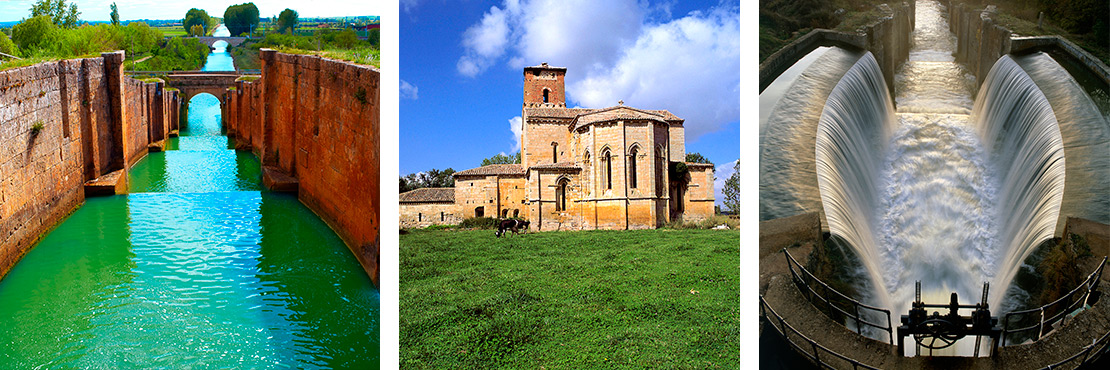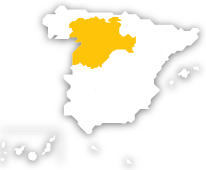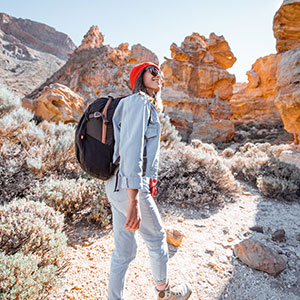Step 1: North Stretch
Distance:75km
Route: it runs mainly through the province of Palencia, from Alar del Rey to Ribas de Campos. The trip is about 75 kilometres. It is the stretch with the most locks (24) and the steepest descents.Interesting fact: it was where the work began, which can be seen at Ribas de Campos. Here you can see a triple lock (in Frómista you can also observe the route’s only quadruple lock). Herrera de Pisuerga is the starting point of the river boat tours.Well worth visiting:Frómista, popularly recognised as the capital of Palencia’s Romanesque movement with must-visit monuments such as the church of San Martín. Along the route you will observe many typical elements of the canal, such as locks, bridges, dams… For example, close to Requena de Campos there are four aqueducts and you can also visit the Valdemorco lagoon (habitat for numerous bird species). This stretch is also a habitual route on the Camino de Santiago.Towns along the stretch: Alar del Rey, Herrera de Pisuerga, Castrillo de Riopisuerga, Melgar de Fernamental (Burgos), Osorno la Mayor, Lantadilla, Requena de Campos, Boadilla del Camino, Frómista, Piña de Campos, Amusco, San Cebrián de Campos and Ribas de Campos.













